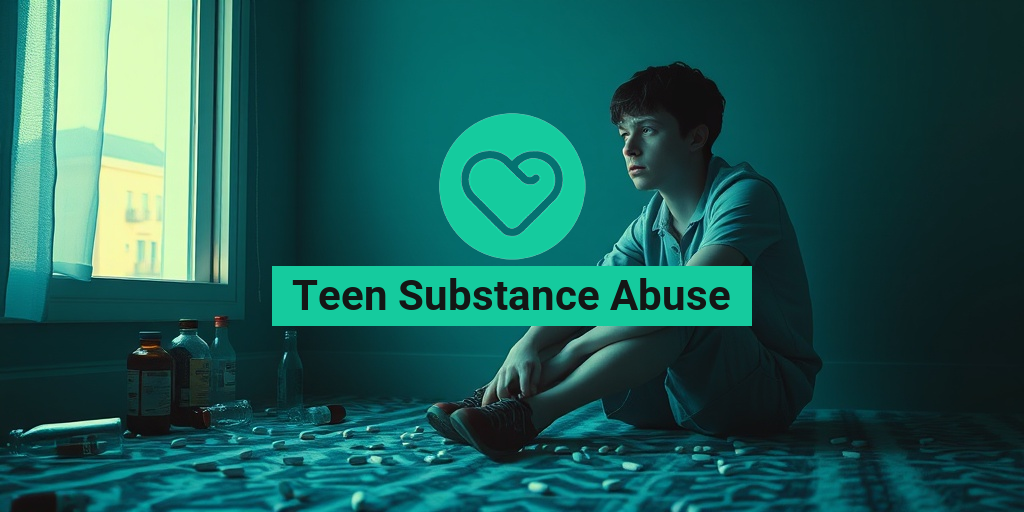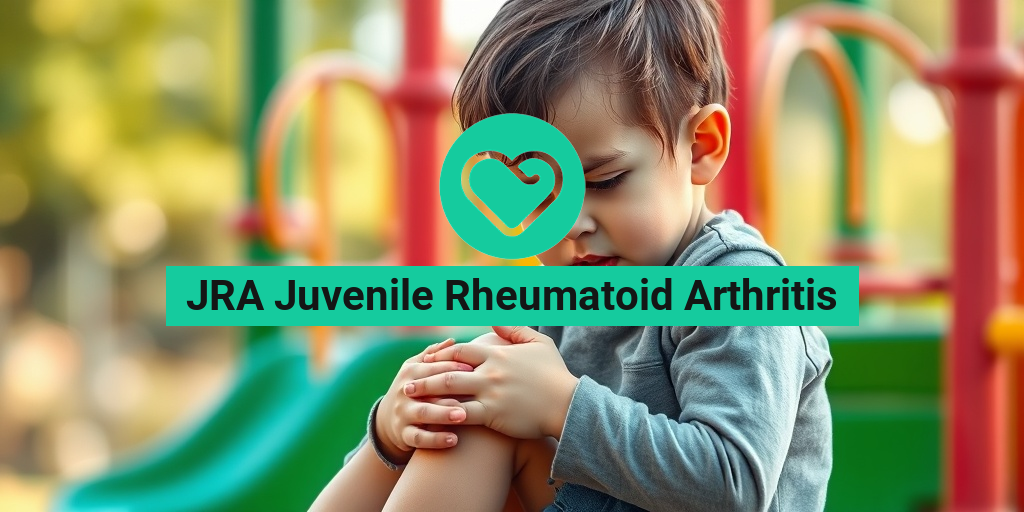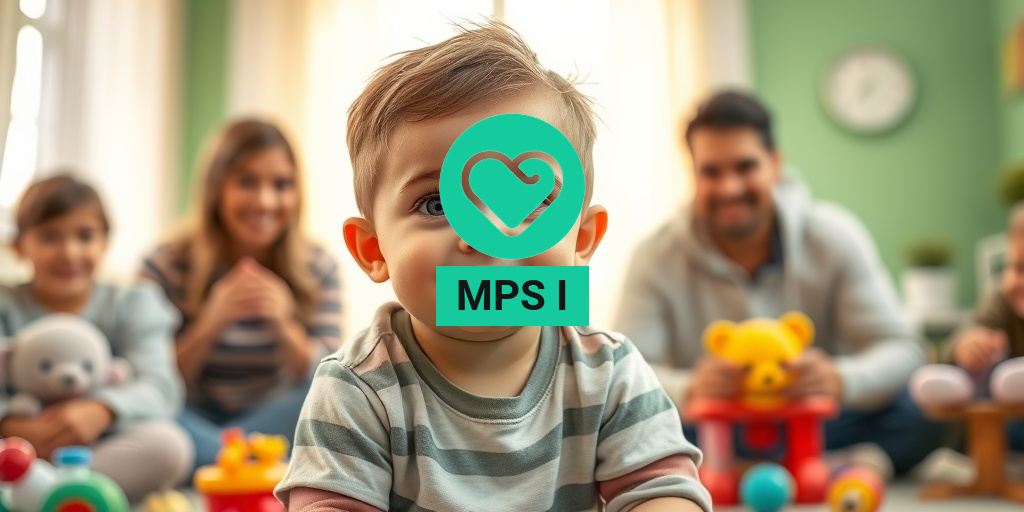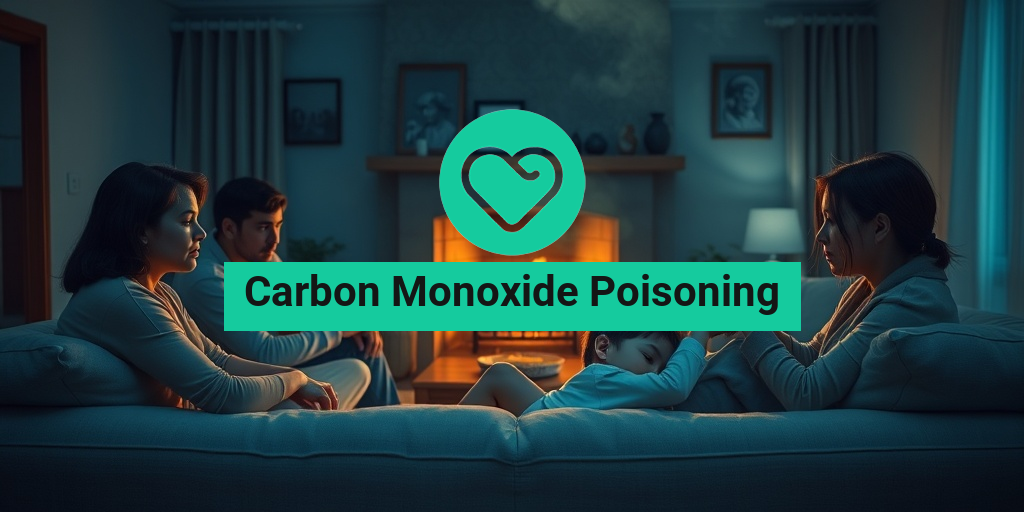What Is Teen Substance Abuse?
Teen substance abuse refers to the harmful or hazardous use of psychoactive substances, including alcohol and illicit drugs, by adolescents. This issue is a growing concern among parents, educators, and healthcare professionals, as it can lead to severe physical, emotional, and social consequences. Understanding what constitutes substance abuse in adolescence is crucial for early intervention and support.
The Scope of the Problem
According to recent studies, a significant number of teenagers experiment with drugs and alcohol during their formative years. The most common substances abused in adolescence include:
- Alcohol 🍺
- Marijuana 🌿
- Prescription medications (such as opioids) 💊
- Cocaine and other stimulants ⚡
- Inhalants (like glue or paint thinner) 🎨
These substances can alter brain development, leading to long-term cognitive and behavioral issues. The teenage years are critical for brain maturation, and substance abuse can disrupt this process, resulting in impaired judgment, increased risk-taking behaviors, and potential addiction.
Why Do Teens Abuse Substances?
Understanding the reasons behind teen substance abuse is essential for prevention and intervention. Some common factors include:
- Peer Pressure: The desire to fit in with friends can lead teens to experiment with drugs and alcohol.
- Stress and Mental Health Issues: Many adolescents face academic, social, and familial pressures that can contribute to substance use as a coping mechanism.
- Curiosity: The natural curiosity of adolescence can drive teens to explore substances, often without understanding the risks involved.
- Family History: A family history of substance abuse can increase the likelihood of similar behaviors in teens.
Recognizing these factors can help parents and guardians create a supportive environment that discourages substance use and promotes healthy coping strategies.
Signs of Substance Abuse in Teens
Identifying the signs of substance abuse in teens can be challenging, as many behaviors may be typical of adolescence. However, certain indicators can suggest a deeper issue. Here are some common signs to watch for:
Behavioral Changes
One of the most noticeable signs of substance abuse in teens is a change in behavior. This can include:
- Withdrawal from Family and Friends: A teen may isolate themselves from loved ones or lose interest in activities they once enjoyed.
- Declining Academic Performance: A sudden drop in grades or lack of interest in schoolwork can be a red flag.
- Changes in Sleep Patterns: Substance abuse can lead to insomnia or excessive sleeping.
- Secretive Behavior: Teens may become more secretive about their activities, whereabouts, and friendships.
Physical Signs
Physical indicators can also provide clues about potential substance abuse. Look for:
- Changes in Appearance: Neglecting personal hygiene or a sudden change in style can be a sign.
- Bloodshot Eyes: This can be a common symptom of marijuana use or other substances.
- Frequent Nosebleeds: This may indicate cocaine use.
- Unusual Smells: The smell of alcohol, marijuana, or other drugs can be a clear indicator.
Emotional and Mental Health Signs
Substance abuse can significantly impact a teen’s emotional and mental health. Be aware of:
- Increased Anxiety or Depression: Substance use can exacerbate existing mental health issues.
- Unexplained Mood Swings: Rapid changes in mood can indicate substance use.
- Paranoia or Irritability: These can be signs of drug use or withdrawal.
If you notice any of these signs, it’s essential to approach the situation with care and compassion. Open communication can help your teen feel supported and understood, making it easier for them to seek help if needed.
For more information and resources on teen substance abuse, consider visiting Yesil Health AI, where you can find evidence-based health answers and support.
Addressing teen substance abuse is a community effort that requires awareness, education, and support. By understanding the signs and risks, we can work together to help our youth navigate these challenging years safely. 🌟

Common Substances Abused by Teens
Teen substance abuse is a growing concern that affects not only the individuals involved but also their families and communities. Understanding the most common substances abused by adolescents can help parents, educators, and healthcare providers identify and address these issues early on. Here’s a closer look at the substances that are frequently misused by teenagers.
1. Alcohol 🍺
Alcohol is one of the most widely abused substances among teens. Its legal status and social acceptance make it easily accessible. Many teens experiment with alcohol at parties or social gatherings, often leading to binge drinking. This can result in serious health risks, including alcohol poisoning and long-term addiction.
2. Marijuana 🌿
Marijuana is another common substance among adolescents. With the increasing legalization and normalization of cannabis in many areas, teens may perceive it as a safe option. However, regular use can impair cognitive function and lead to dependency.
3. Prescription Medications 💊
Prescription drugs, particularly opioids, stimulants, and anti-anxiety medications, are often misused by teens. Some may take these medications to cope with stress, anxiety, or academic pressure. The misuse of prescription drugs can lead to severe health consequences, including addiction and overdose.
4. Nicotine and Vaping 🚬
The rise of vaping has introduced a new wave of nicotine use among teens. Many young people believe that vaping is a safer alternative to traditional smoking. However, vaping can still lead to nicotine addiction and other health issues, including respiratory problems.
5. Cocaine and Other Stimulants ⚡
While less common than alcohol or marijuana, the use of cocaine and other stimulants is still a concern. These substances can lead to severe psychological and physical health issues, including heart problems and increased risk of mental health disorders.
6. Inhalants 🥤
Inhalants, such as glue, paint thinners, and aerosol sprays, are often abused for their psychoactive effects. Many teens may not realize the dangers associated with inhalant use, which can lead to sudden death or long-term brain damage.
Causes of Teen Substance Abuse
Understanding the causes of teen substance abuse is crucial for prevention and intervention efforts. Various factors contribute to why adolescents may turn to drugs or alcohol, and these can be broadly categorized into environmental, social, and psychological influences.
1. Peer Pressure 🤝
One of the most significant factors influencing teen substance abuse is peer pressure. Adolescents are often eager to fit in and may feel compelled to try substances to gain acceptance from their peers. This pressure can lead to experimentation and, ultimately, addiction.
2. Family Dynamics 👪
The family environment plays a critical role in a teen’s likelihood of substance abuse. Teens from families with a history of substance abuse or those experiencing dysfunction, such as divorce or neglect, may be more susceptible to using drugs or alcohol as a coping mechanism.
3. Mental Health Issues 🧠
Many teens struggle with mental health disorders, such as anxiety, depression, or ADHD. These conditions can lead to substance abuse as a form of self-medication. Addressing mental health issues is essential in preventing substance abuse among adolescents.
4. Stress and Academic Pressure 📚
Today’s teens face immense pressure to succeed academically and socially. This stress can lead some to seek relief through substance use. Whether it’s to cope with grades, sports, or social expectations, many teens turn to drugs or alcohol as a way to escape their pressures.
5. Lack of Awareness and Education 📉
Many teens may not fully understand the risks associated with substance use. A lack of education about the dangers of drugs and alcohol can lead to uninformed decisions. Comprehensive education programs can help raise awareness and reduce the likelihood of substance abuse.
6. Availability of Substances 🛒
The accessibility of drugs and alcohol significantly impacts teen substance abuse rates. In areas where substances are readily available, teens are more likely to experiment. Limiting access through community efforts can help reduce usage rates.
By understanding the common substances abused by teens and the underlying causes of substance abuse, we can better equip ourselves to support adolescents in making healthier choices. Awareness and education are key components in combating this pressing issue. 🌟
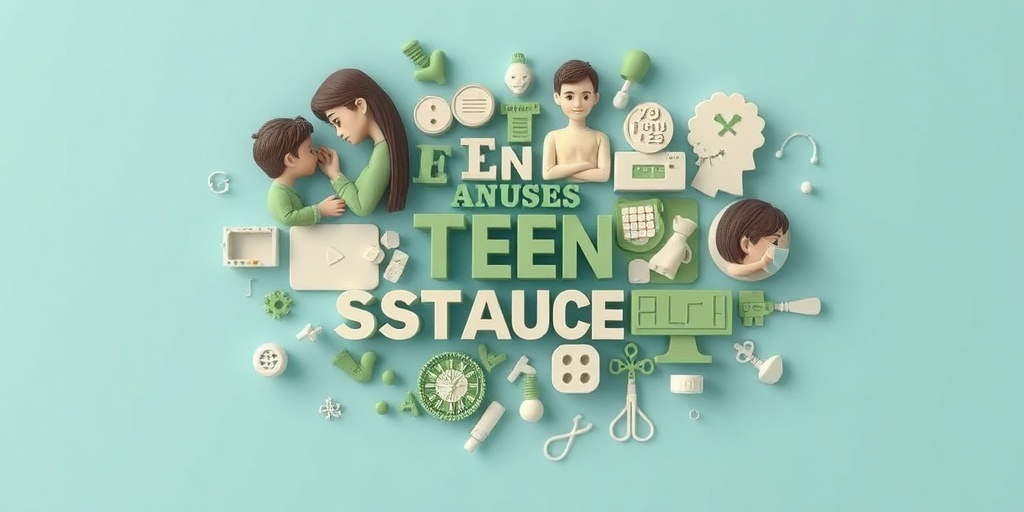
Effects on Teen Health and Development
Teen substance abuse is a pressing issue that affects not only the individual but also their families and communities. Understanding the effects on teen health and development is crucial for parents, educators, and healthcare providers. Adolescence is a critical period of growth, and substance abuse can have profound implications on both physical and mental health.
Physical Health Consequences
Substance abuse during adolescence can lead to a variety of physical health issues. Some of the most common substances abused include alcohol, marijuana, and prescription medications. Here are some potential effects:
- Brain Development: The adolescent brain is still developing, and substances like alcohol and marijuana can interfere with this process, potentially leading to long-term cognitive deficits.
- Increased Risk of Addiction: Early exposure to substances can increase the likelihood of developing substance use disorders later in life.
- Physical Health Problems: Substance abuse can lead to a range of health issues, including respiratory problems, cardiovascular diseases, and liver damage.
Mental Health Implications
The relationship between substance abuse and mental health is complex. Many teens who abuse substances also struggle with mental health disorders such as anxiety, depression, or ADHD. Here are some key points to consider:
- Increased Anxiety and Depression: Substance abuse can exacerbate existing mental health issues, leading to a vicious cycle of dependency and worsening mental health.
- Risk of Self-Harm: Teens struggling with substance abuse may be at a higher risk for self-harm or suicidal thoughts.
- Social Isolation: Substance abuse can lead to withdrawal from friends and family, resulting in feelings of loneliness and isolation.
Impact on Academic Performance
Substance abuse can significantly impact a teen’s academic performance. Many teens who engage in substance use experience:
- Decreased Concentration: Substances can impair cognitive functions, making it difficult for teens to focus on their studies.
- Poor Attendance: Substance abuse can lead to absenteeism, further hindering academic success.
- Lower Grades: The combination of decreased concentration and poor attendance often results in lower academic performance.
Diagnosis and Assessment
Diagnosing and assessing teen substance abuse is a critical step in providing the necessary support and intervention. Early identification can lead to better outcomes and a higher chance of recovery.
Signs and Symptoms
Recognizing the signs of substance abuse in teens can be challenging, as many symptoms may overlap with typical adolescent behavior. However, some common indicators include:
- Changes in Behavior: Sudden changes in mood, personality, or behavior can be a red flag.
- Decline in Academic Performance: A noticeable drop in grades or loss of interest in school activities may indicate substance abuse.
- Physical Changes: Weight loss, poor hygiene, or unusual body odors can also be signs of substance use.
Assessment Tools
Healthcare professionals often use various assessment tools to evaluate the extent of substance abuse in teens. Some commonly used methods include:
- Screening Questionnaires: Tools like the CRAFFT Screening Tool help identify substance use and related problems in adolescents.
- Clinical Interviews: A healthcare provider may conduct interviews to gather detailed information about the teen’s substance use history and its impact on their life.
- Family History Assessment: Understanding the family history of substance abuse can provide valuable insights into the teen’s risk factors.
Professional Help
If you suspect that a teen is struggling with substance abuse, seeking professional help is essential. Mental health professionals, counselors, and addiction specialists can provide the necessary support and treatment options tailored to the teen’s needs. Early intervention can make a significant difference in the recovery journey. 🌟

Treatment Options for Teens
When it comes to teen substance abuse, early intervention is crucial. Understanding the various treatment options available can empower both teens and their families to make informed decisions. Here’s a breakdown of some effective treatment strategies.
1. Individual Therapy
Individual therapy is often the cornerstone of treatment for adolescents struggling with substance abuse. This one-on-one approach allows teens to explore their feelings, behaviors, and the underlying issues contributing to their substance use. Therapists may use various modalities, including:
- Cognitive Behavioral Therapy (CBT): Helps teens identify and change negative thought patterns that lead to substance use.
- Motivational Interviewing: Encourages teens to find their own motivation for change.
- Dialectical Behavior Therapy (DBT): Focuses on emotional regulation and interpersonal effectiveness.
2. Group Therapy
Group therapy provides a supportive environment where teens can share their experiences and learn from others facing similar challenges. This setting fosters a sense of community and belonging, which is vital for recovery. Group sessions often include:
- Peer Support Groups: Facilitated by a counselor, these groups allow teens to discuss their struggles and successes.
- Family Therapy: Involves family members in the treatment process to improve communication and resolve conflicts.
3. Residential Treatment Programs
For teens with severe substance abuse issues, residential treatment programs may be necessary. These programs provide a structured environment where teens can focus entirely on their recovery. Key features include:
- 24/7 Supervision: Ensures safety and accountability.
- Comprehensive Treatment Plans: Tailored to meet the individual needs of each teen.
- Educational Support: Many programs offer academic support to help teens keep up with their studies.
4. Medication-Assisted Treatment (MAT)
In some cases, medication can be an effective part of treatment for teen substance abuse. MAT can help manage withdrawal symptoms and reduce cravings. Common medications include:
- Buprenorphine: Often used for opioid addiction.
- Naltrexone: Helps reduce cravings for alcohol and opioids.
5. Holistic Approaches
Many treatment centers are now incorporating holistic approaches to support overall well-being. These may include:
- Mindfulness and Meditation: Techniques that help teens manage stress and anxiety.
- Art and Music Therapy: Creative outlets that allow for self-expression and healing.
Prevention Strategies for Parents and Communities
Preventing teen substance abuse requires a collaborative effort from parents, schools, and communities. Here are some effective strategies to consider:
1. Open Communication
Encouraging open dialogue about substance use is essential. Parents should create a safe space for their teens to discuss their feelings and experiences without fear of judgment. Tips for fostering communication include:
- Active Listening: Show genuine interest in what your teen has to say.
- Discuss Risks: Talk about the dangers of substance use in a factual and non-confrontational manner.
2. Education and Awareness Programs
Schools and community organizations can play a vital role in educating teens about the risks associated with substance abuse. Programs should focus on:
- Life Skills Training: Teaching teens how to handle peer pressure and make healthy choices.
- Substance Abuse Awareness: Providing information on the effects of drugs and alcohol.
3. Positive Role Models
Having positive role models in a teen’s life can significantly influence their choices. Parents and community leaders should:
- Be Involved: Engage in community activities and show commitment to healthy lifestyles.
- Share Personal Stories: Discuss experiences with substance use and the importance of making healthy choices.
4. Encourage Healthy Activities
Promoting involvement in sports, arts, and other extracurricular activities can provide teens with a sense of purpose and belonging. Benefits include:
- Building Self-Esteem: Participation in activities can boost confidence and self-worth.
- Creating Friendships: Positive peer relationships can reduce the likelihood of substance use.
5. Community Support Systems
Communities can establish support systems that provide resources for teens and families. This can include:
- Hotlines and Counseling Services: Accessible resources for those in need of help.
- Support Groups: Opportunities for families to connect and share experiences.
By implementing these prevention strategies, parents and communities can work together to create a safer environment for teens, ultimately reducing the risk of substance abuse. 🌟
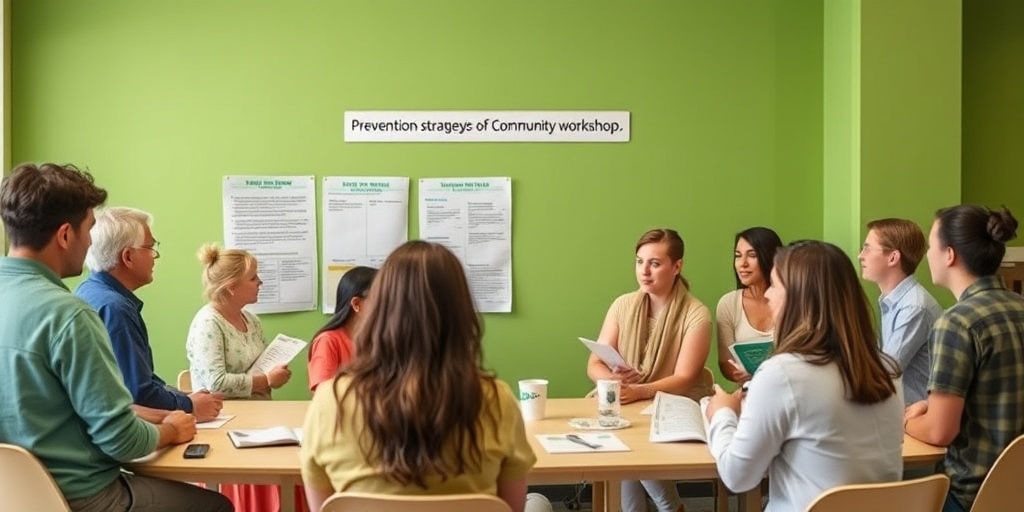
Frequently Asked Questions about Teen Substance Abuse
What is substance abuse in adolescence?
Substance abuse in adolescence refers to the harmful or hazardous use of psychoactive substances, including alcohol and illicit drugs, by teenagers. This behavior can lead to significant health, social, and legal issues, affecting their development and future.
What are the most common substances abused by teens?
The most common substances abused in adolescence include:
- Alcohol
- Marijuana
- Prescription medications (e.g., opioids, stimulants)
- Cocaine
- Inhalants
How can I recognize signs of substance abuse in my teenager?
Signs of teen substance abuse may include:
- Changes in behavior or mood
- Decline in academic performance
- Withdrawal from family and friends
- Physical changes, such as weight loss or poor hygiene
- Legal issues or trouble with authorities
What are the risks associated with teen substance abuse?
Engaging in substance abuse during adolescence can lead to numerous risks, including:
- Increased likelihood of developing mental health disorders
- Higher chances of addiction in adulthood
- Impaired cognitive and emotional development
- Risky behaviors, including unsafe sexual practices
- Legal consequences and academic failure
How can parents help prevent substance abuse in their teens?
Parents can play a crucial role in preventing substance abuse by:
- Maintaining open communication about the dangers of drugs and alcohol
- Setting clear expectations and rules regarding substance use
- Encouraging healthy activities and friendships
- Being a positive role model regarding substance use
- Seeking professional help if they suspect their teen is using substances
Where can I find resources for teen substance abuse support?
There are various resources available for support, including:
- Local counseling centers and therapists specializing in adolescent issues
- National helplines, such as the Substance Abuse and Mental Health Services Administration (SAMHSA)
- Support groups for teens and families
- Educational programs in schools about substance abuse prevention
What should I do if I suspect my teen is abusing substances?
If you suspect your teen is engaging in substance abuse, it is important to:
- Approach the situation calmly and without judgment
- Talk to your teen about your concerns and listen to their perspective
- Seek professional help from a counselor or therapist
- Consider family therapy to address underlying issues
Can substance abuse in teens lead to long-term consequences?
Yes, substance abuse in teens can lead to long-term consequences, including chronic health issues, persistent mental health disorders, and difficulties in maintaining relationships and employment in adulthood. Early intervention is key to mitigating these risks.

